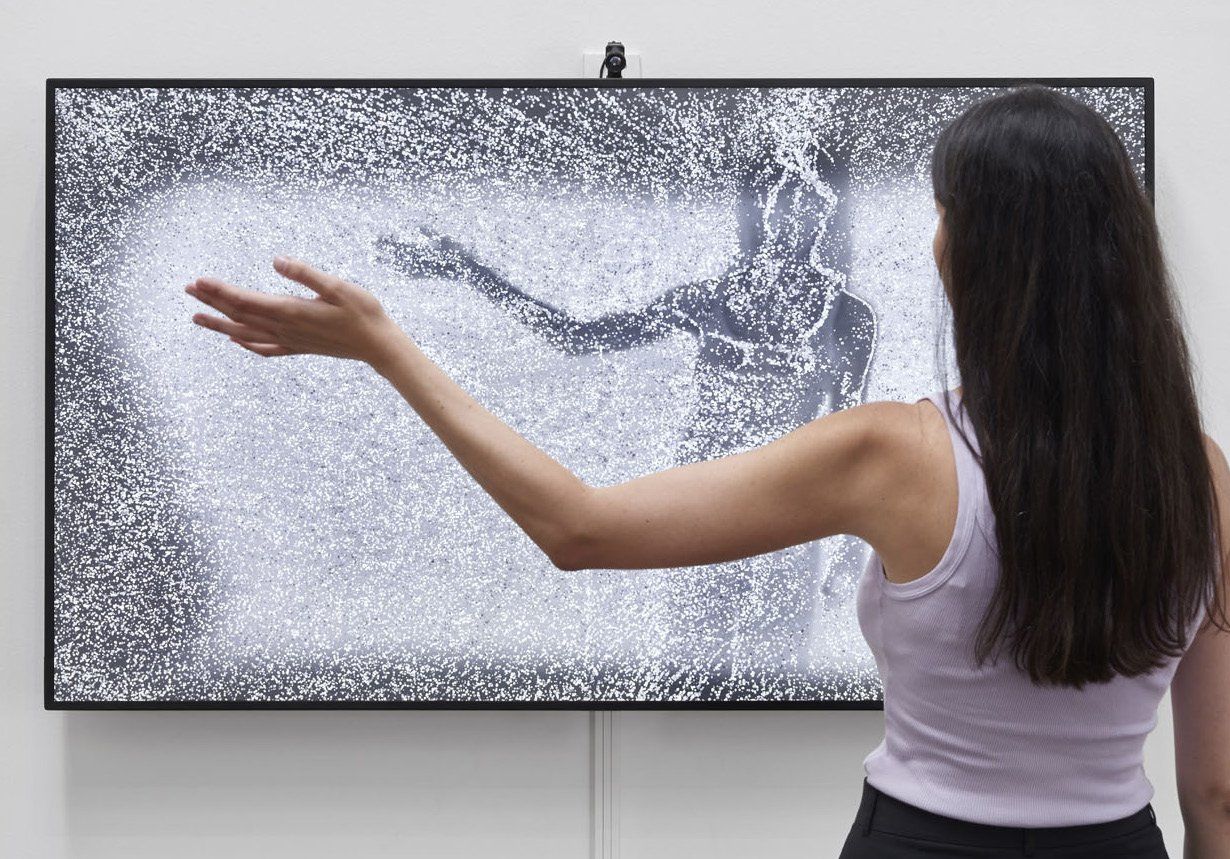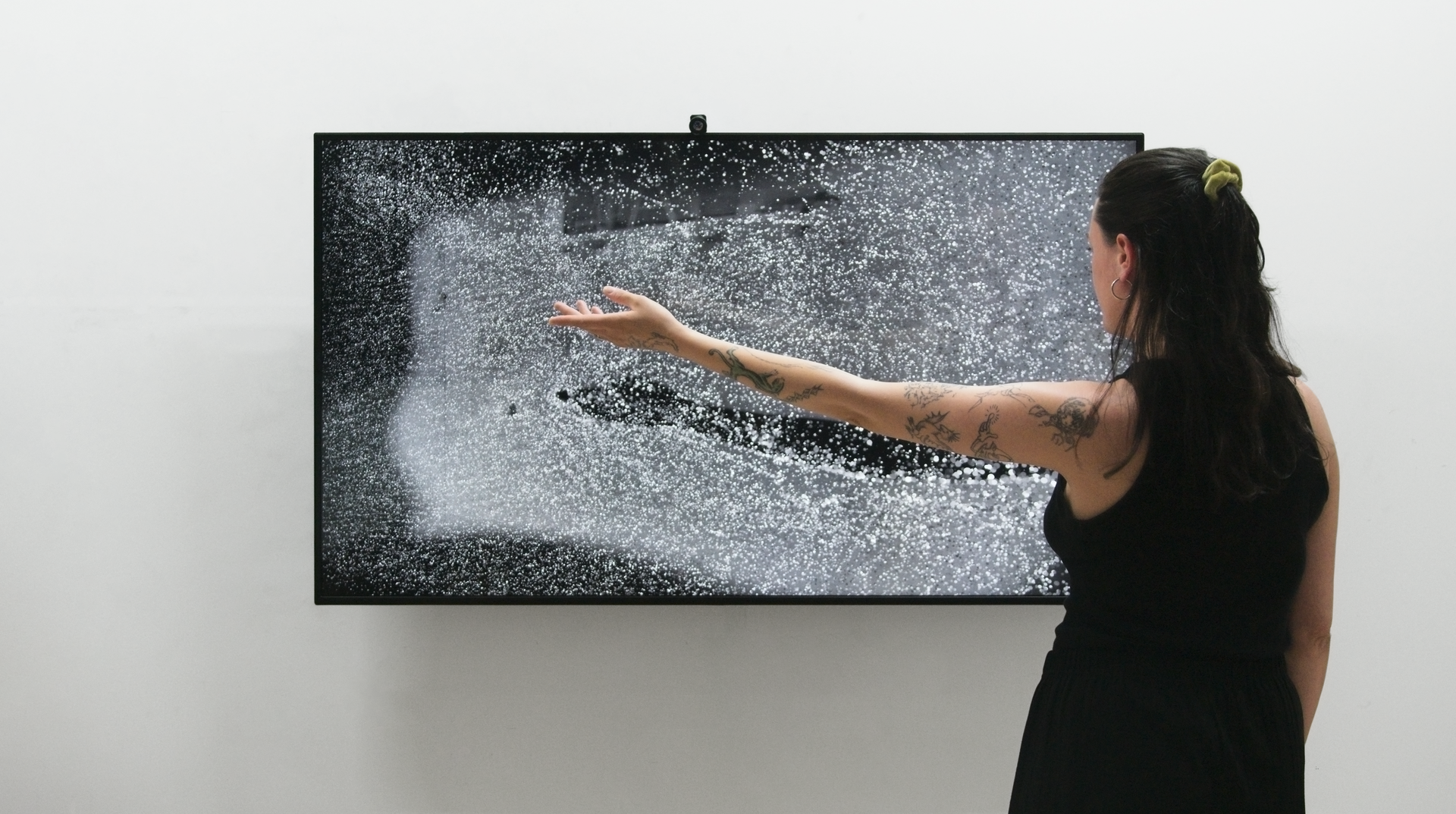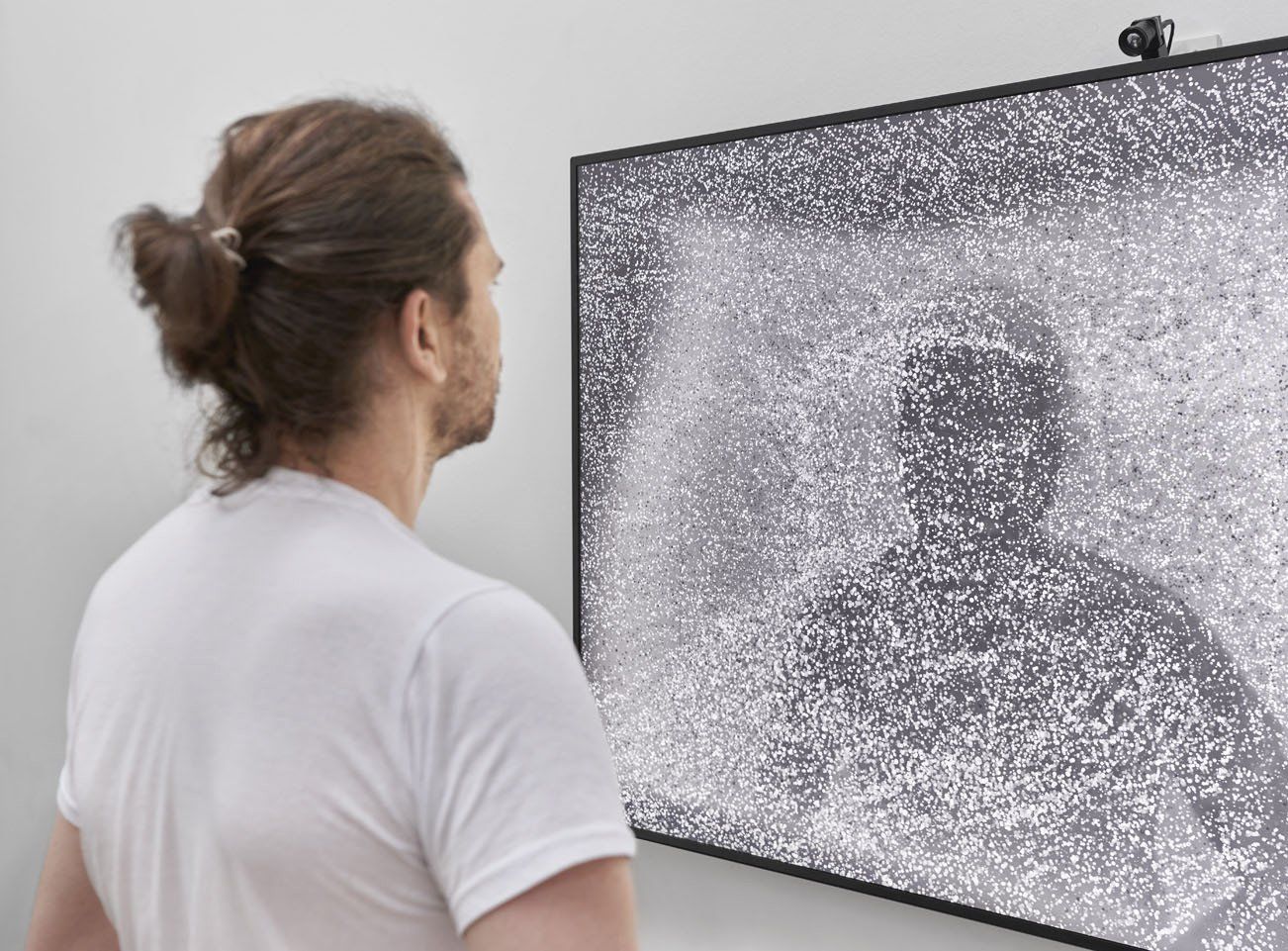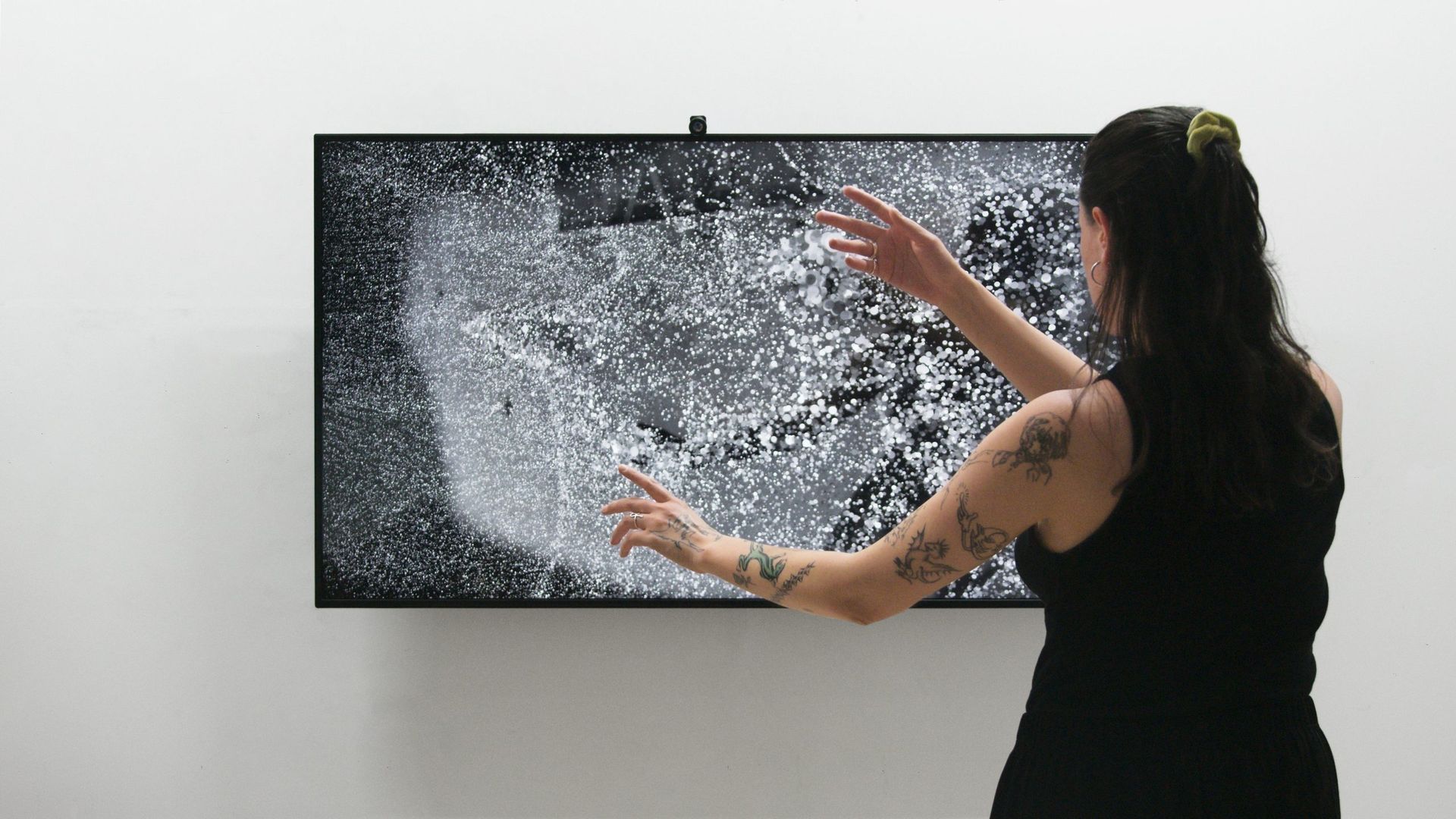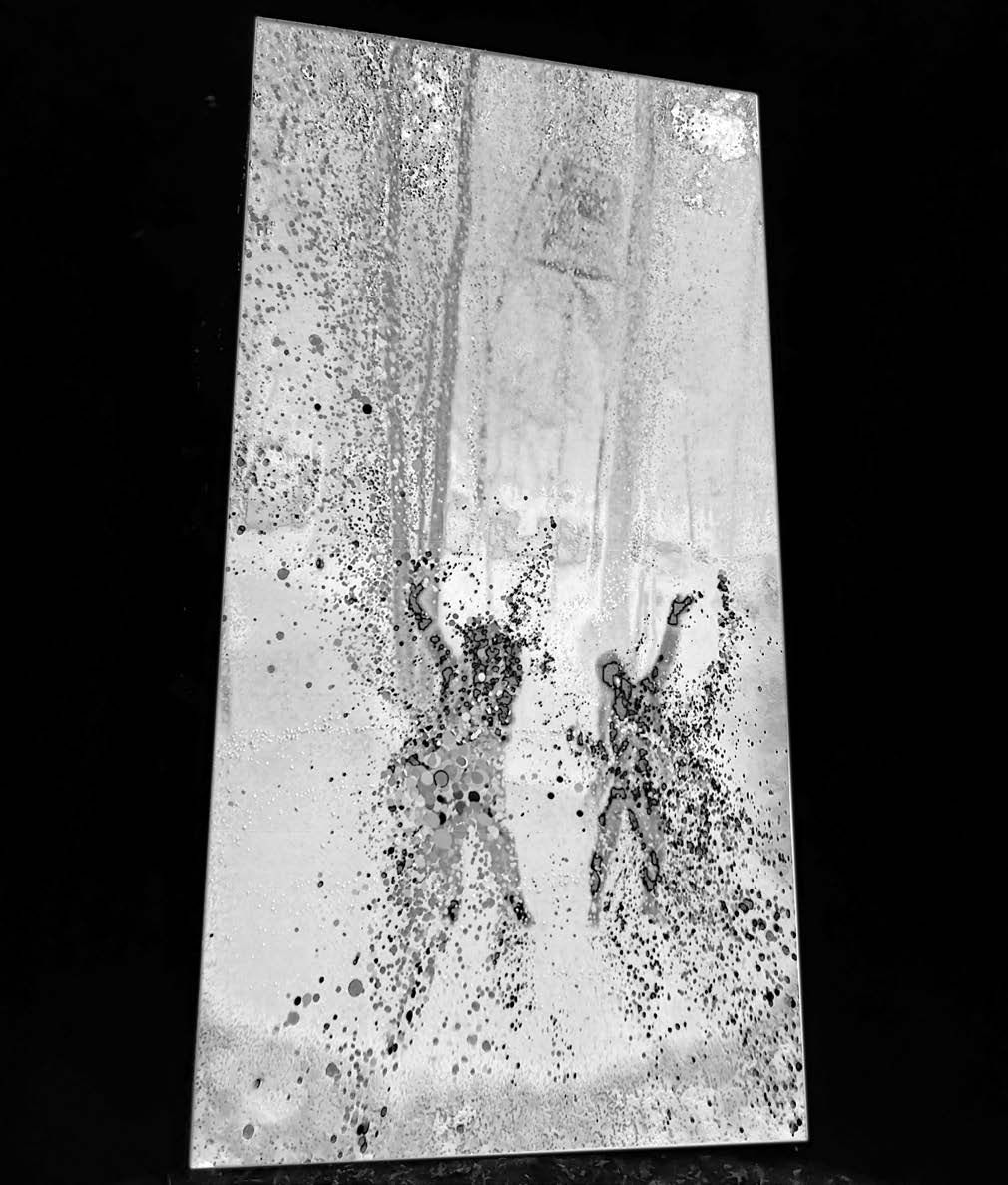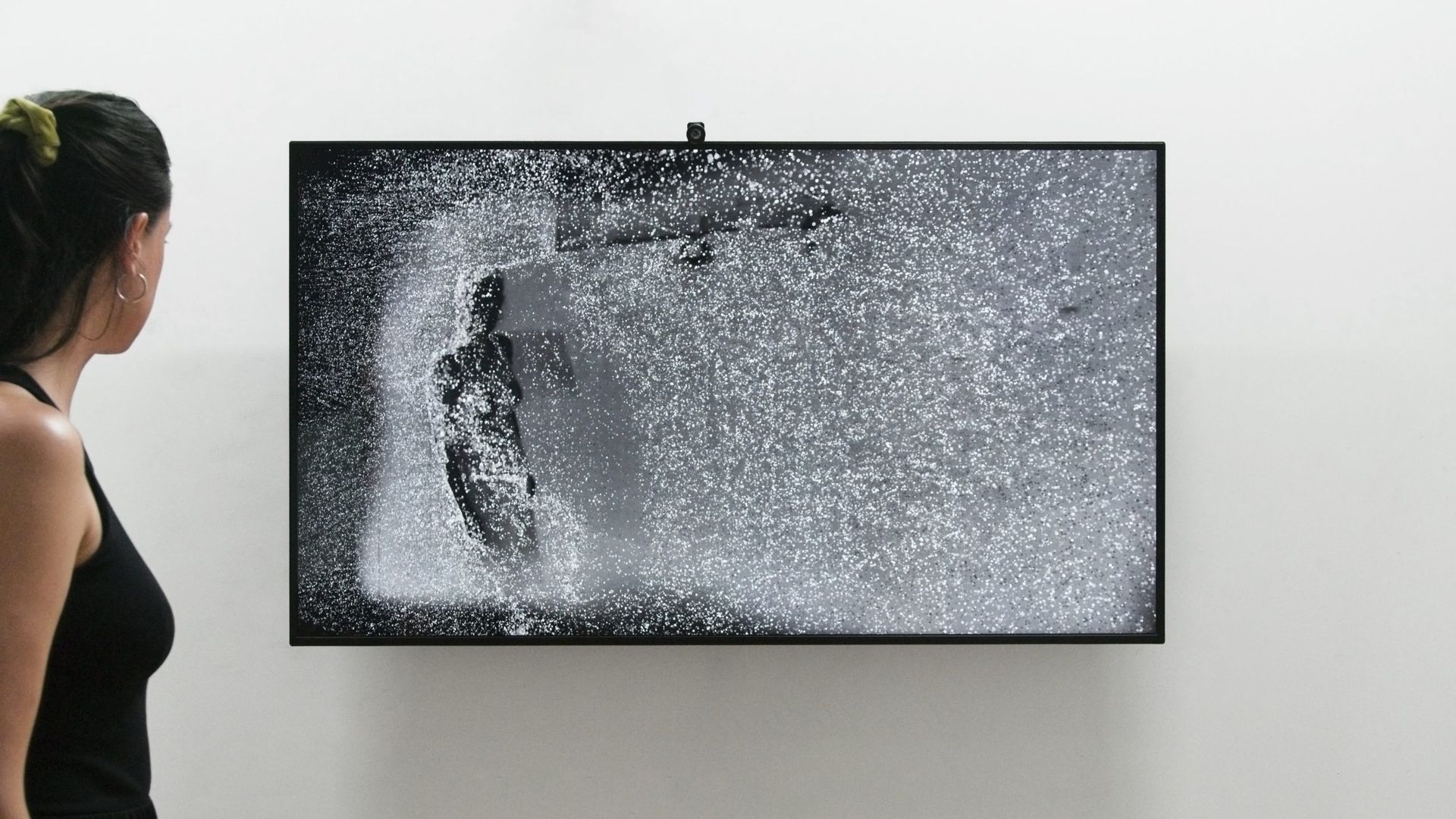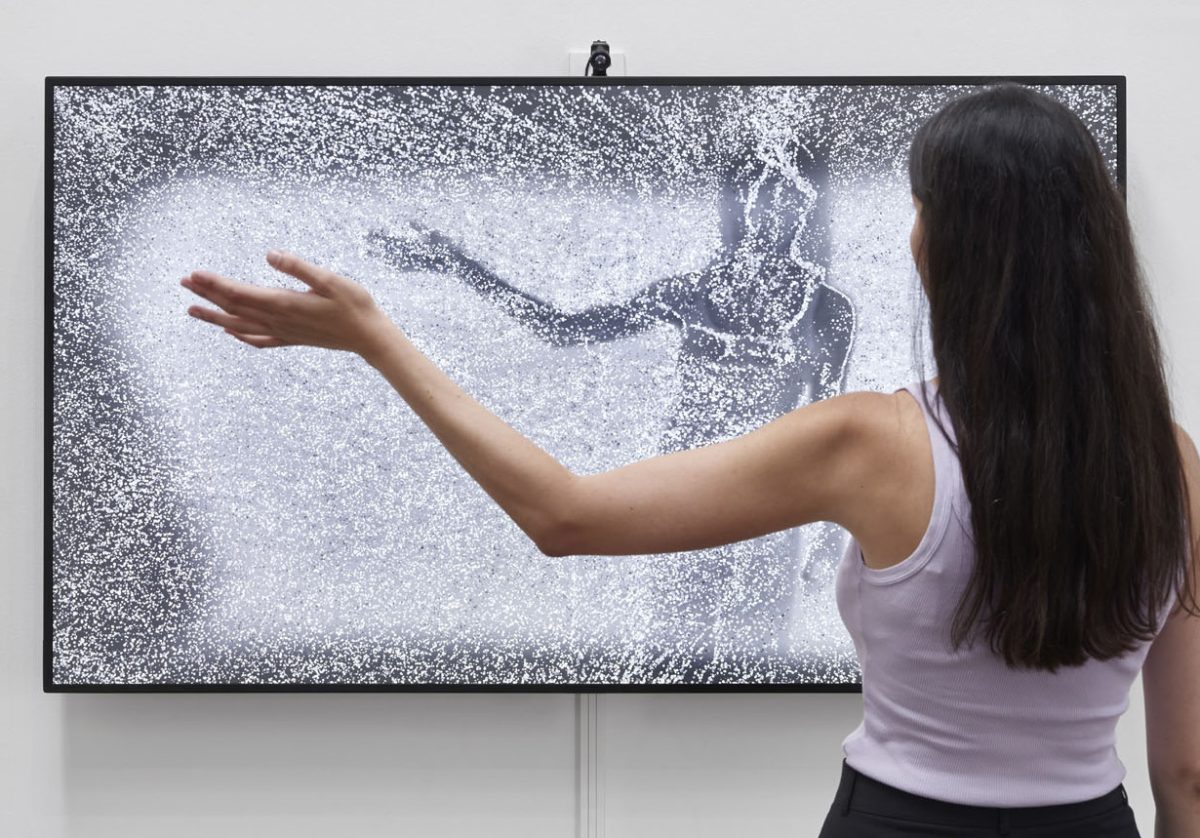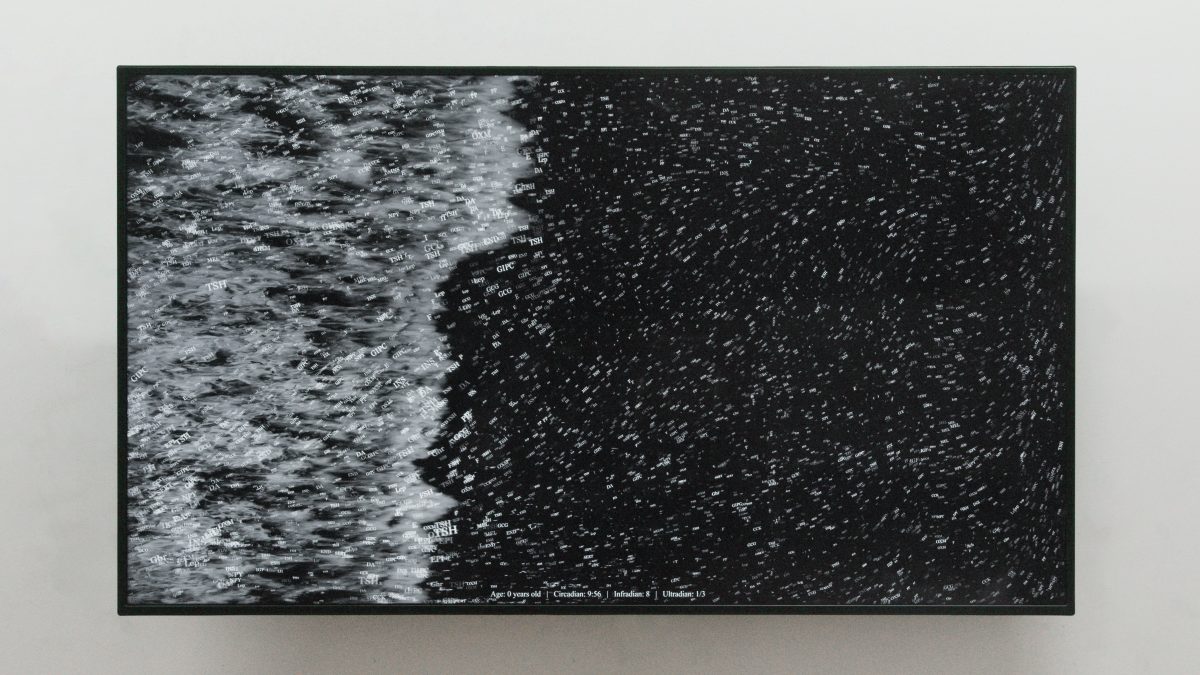Rafael Lozano-Hemmer was born in Mexico City in 1967. In 1989 he received a B.Sc.
Rafael Lozano-Hemmer was born in Mexico City in 1967. In 1989 he received a B.Sc. in Physical Chemistry from Concordia University in Montréal, Canada. Media artist working at the intersection of architecture and performance art. He creates platforms for public participation using technologies such as robotic lights, digital fountains, computerized surveillance, media walls, and telematic networks. Inspired by phantasmagoria, carnival, and animatronics, his light and shadow works are "antimonuments for alien agency".
He was the first artist to represent Mexico at the Venice Biennale with an exhibition at Palazzo Van Axel in 2007. He has also shown at Biennials in Cuenca, Havana, Istanbul, Kochi, Liverpool, Melbourne NGV, Moscow, New Orleans, New York ICP, Seoul, Seville, Shanghai, Singapore, Sydney, and Wuzhen. His public art has been commissioned for the Millennium Celebrations in Mexico City (1999), the Expansion of the European Union in Dublin (2004), the Student Massacre Memorial in Tlatelolco (2008), the Vancouver Olympics (2010), the pre-opening exhibition of the Guggenheim in Abu Dhabi (2015), and the activation of the Raurica Roman Theatre in Basel (2018). Collections holding his work include MoMA and Guggenheim in New York, TATE in London, MAC and MBAM in Montreal, Jumex, and MUAC in Mexico City, DAROS in Zurich, MONA in Hobart, 21C Museum in Kanazawa, Borusan Contemporary in Istanbul, CIFO in Miami, MAG in Manchester, SFMOMA in San Francisco, ZKM in Karlsruhe, SAM in Singapore and many others.
He has received two BAFTA British Academy Awards for Interactive Art in London, a Golden Nica at the Prix Ars Electronica in Austria, "Artist of the year" Rave Award from Wired Magazine, a Rockefeller fellowship, the Trophée des Lumières in Lyon, an International Bauhaus Award in Dessau, the title of Compagnon des Arts et des Lettres du Québec in Quebec, and the Governor General's Award in Canada. He has lectured at Goldsmiths College, the Bartlett School, Princeton, Harvard, UC Berkeley, Cooper Union, USC, MIT MediaLab, Guggenheim Museum, LA MOCA, Netherlands Architecture Institute, Cornell, UPenn, SCAD, Danish Architecture Center, CCA in Montreal, ICA in London, and the Art Institute of Chicago.
In the past two years, Lozano-Hemmer was the subject of 9 solo exhibitions worldwide, including a major show at the Hirshhorn Museum in Washington DC, the inaugural show at the AmorePacific Museum in Seoul, and a mid-career retrospective co-produced by the Musée d’Art Contemporain de Montréal and SFMOMA. In 2019 his immersive performance “Atmospheric Memory” premiered at the Manchester International Festival and his interactive installation “Border Tuner” connected people across the US-Mexico border using bridges of light controlled by the voices of participants in Ciudad Juárez, Chihuahua and El Paso, Texas.
Read More

